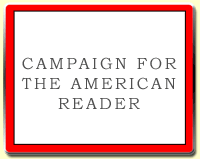
THE MERCY OF THIN AIR: A Novel, by Ronlyn DomingueRead about the other books on the list.
"With a ghost who hangs around from 1920s New Orleans until today, Domingue's novel would make a great Halloween read for the gentler spirits whose interests run toward human inter-relationships."
Visit Ronlyn Domingue's website; see The Mercy of Thin Air Page 69 Test.
Also see The Rap Sheet's suggested Halloween reading. "If any holiday seems perfectly paired to crime fiction, it’s Halloween," wrote editor J. Kingston Pierce in 2006.
--Marshal Zeringue
















































